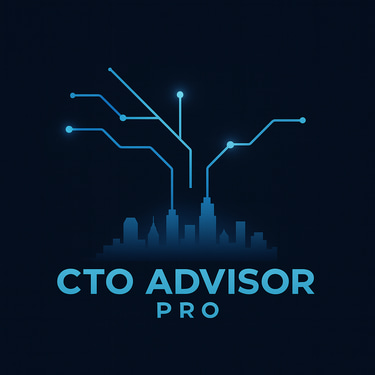Legacy Systems Are Killing Your Growth—Here’s How to Modernize
Legacy software is one of the biggest roadblocks to agility, scalability, and innovation. Here's a real-world playbook to modernize without disrupting your business.
4/17/20251 min read


Companies in 2025 are under pressure to modernize—not just because of tech trends, but because customer expectations are evolving faster than ever. Whether it’s integrating AI, improving UX, or scaling services globally, outdated systems make it almost impossible to compete.
Legacy systems show up in many forms:
Monolithic applications no longer supported by vendors
On-prem systems that don’t integrate with cloud services
Outdated code that only one engineer knows how to maintain
Spaghetti infrastructure cobbled together over years
These systems slow down innovation, frustrate teams, and cause security risks. So why don’t more companies modernize? Because it feels too risky.
Here’s the truth: You don’t need a full rewrite. We help companies modernize using a proven, phased approach:
1. Assess
Identify what's working and what must go
Evaluate business impact of each system component
2. Architect
Define an end-state aligned with business goals
Choose the right mix of cloud-native, hybrid, and API-first tools
3. Execute
Use progressive migration and containerization
Build documentation and training alongside the tech
Why this matters now: With AI-driven workflows, remote teams, and composable infrastructure taking over, your legacy systems are dragging you behind competitors who are already modernizing.
Let’s modernize your stack—without breaking the business.
Let's chat!

We respect your privacy. Your information will never be shared.
Expert Advice. Guaranteed Results. No fluff.
Fractional CTO Support | CTO Advisor Pro
20+ Years | $1.2B+ in Value Delivered | 250+ Clients
Transform
contact@ctoadvisorpro.com
© 2025. All rights reserved.
Reston, Virginia, USA
